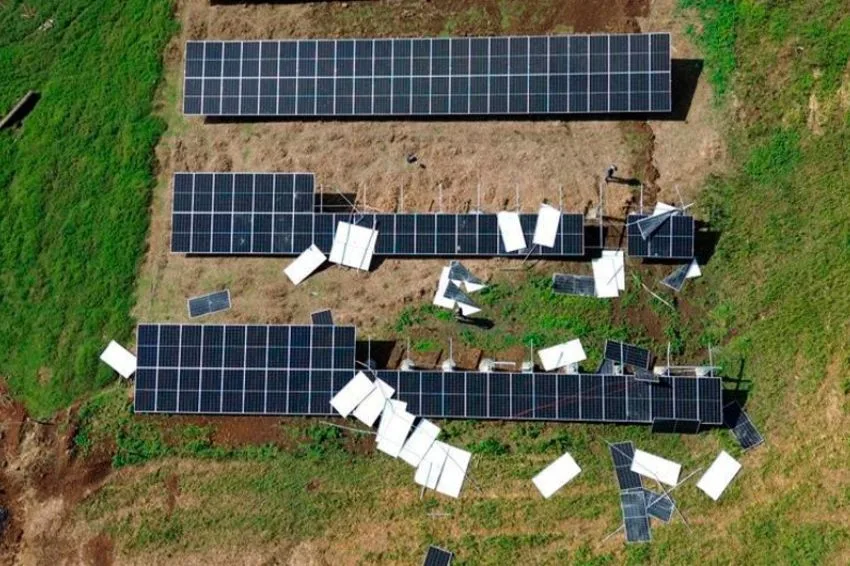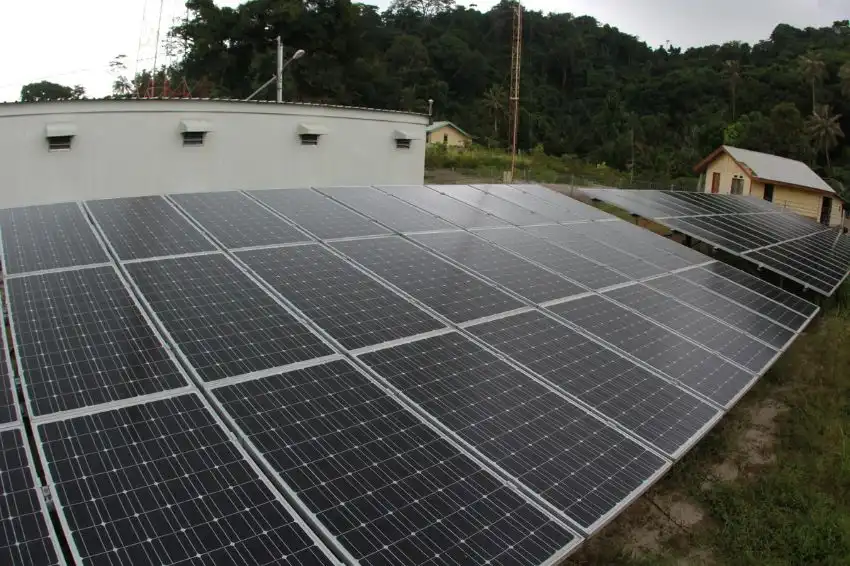AIR 0004/2018 (Regulatory Impact Analysis) has been in Public Hearing since the beginning of the year and deals with the review of the rules for distributed micro and mini generation.
This process can negatively impact the payback of photovoltaic systems installed in the distribution network. But do you know exactly what can change?
The changes in REN 482 (Normative Resolution No. 482/2012) proposed by ANEEL (National Electric Energy Agency) impact the electrical energy compensation system, applied to UCs (consumer units) that have a micro or mini generation system distributed.
In the current model, the energy injected into the grid is compensated in all tariff components. In other words, compensation occurs in 100%, 1 kWh injected into the distribution network compensates for 1 kWh consumed by the consumer unit.
AIR 0004/2018 proposes alternatives to this model, in which the compensation of injected energy can reach a proportion in which only 37% of the injected energy can be compensated.
It is worth noting that the proposed changes only apply to the portion of energy injected into the grid (surplus energy generated, not consumed by the consumer unit at the time of generation). The energy generated and consumed instantly in the consumer unit does not undergo any change.
To understand the changes and their impacts, it is necessary to briefly review how the pricing system works. Each kWh consumed from the grid is valued in two ways: TE (energy tariff) and TUSD (Distribution System Usage Tariff).
TE corresponds to the part paid for the product itself, energy. The TUSD, in turn, corresponds to the amounts we pay for transporting energy from the generating sources to the consumer unit.
The amounts paid in TUSD are used to pay for the maintenance and operation of transmission and distribution networks, in addition to remunerating the companies that have the concession for these networks.
TE and TUSD are subdivided into parts, as shown in the figure below. The numbers shown in the figure represent the national average percentages of the weight of each installment in the final price of the tariff.
The AIR 0004/2018 proposal was divided into six alternatives, each excluding the compensation of a tariff component. Alternative 0, for example, corresponds to the model currently adopted, where the injected energy is compensated in all components.
Alternative 1 consists of excluding the TUSD – Fio B component from the compensation. Therefore, as the TUSD – Fio B component corresponds to around 28% of the energy tariff, excluding it from compensation, only 72% of the energy injected into the network would be compensated.
In other words, if a micro or mini generation had injected 100 kWh into the grid in a given month, it would have the right to compensate only 72 kWh of the energy consumed from the grid.
Alternative 2, on the other hand, excludes the TUSD – Fio B and TUSD – Fio A components from the compensation. Therefore, as the TUSD – Fio B component corresponds to around 28% of the energy tariff and TUSD – Fio A corresponds to around 6%, excluding them from compensation, only 66% of the energy injected into the network would be compensated.
In other words, if a micro or mini generation had injected 100 kWh into the grid in a given month, it would have the right to compensate only 66 kWh of the energy consumed from the grid. The table below summarizes each of the alternatives.
As an example, let's use a practical case of a consumer unit that has a tariff of R$ 0.50 each kWh and that has a photovoltaic microgeneration. Therefore, each installment of the tariff is shown below.
In a given month, this consumer unit consumed 3,840 kWh and injected 3,080 kWh.
Taxes and lighting fee expenses will be ignored to simplify the analysis (in the next article we will do a more detailed analysis, which will include everything).
ANEEL has already signaled in its webinar held in January this year and also on other occasions, a tendency to change different energy compensation for generators next to the load and remote generators (which generate energy to be compensated in other locations), being that in both cases the change would occur gradually, according to so-called triggers.
For generation alongside the load, the model would remain in Alternative 0 (current model) until the installed power of micro and mini generators reaches the 3.4 GW trigger. Upon reaching this level, Alternative 1 would be valid as a compensation rule.
For remote generation, the model would remain in Alternative 0 until the trigger of 1.25 GW of installed power. According to the agency's forecasts, this level would be reached in 2022, and in this case the compensation system would be that of Alternative 1, remaining in this model until a second trigger, in this case 2.13 GW of power, was reached.
According to the agency, this second trigger is expected to occur in mid-2024, and the model proposed in Alternative 3 will be valid.
Regarding the micro and mini generators already installed, ANEEL signaled the following proposals:
- Generators connected to the grid before the publication of the new rules, which should occur at the end of 2019, will remain in Alternative 0 for 25 years from the date of activation;
- Generators connected to the grid after the publication of the new rules, but before the power triggers mentioned above, will remain in Alternative 0 for 10 years from the date of activation;
- Generators connected to the grid after triggers are already subject to the new rules.
It is worth noting that nothing has been decided yet, and the ANEEL Public Hearing will be receiving contributions until April 19th of this year, there is time to organize and build arguments in favor of the sector.




















